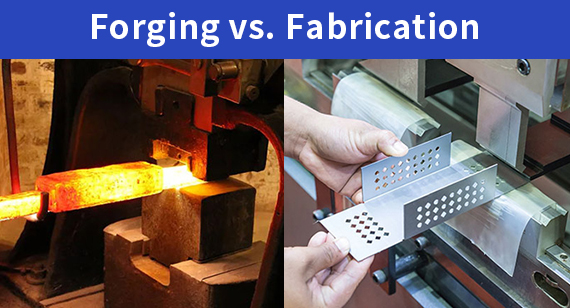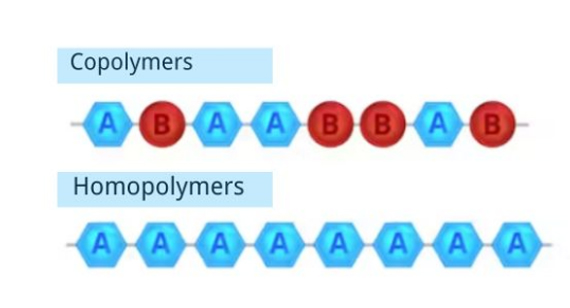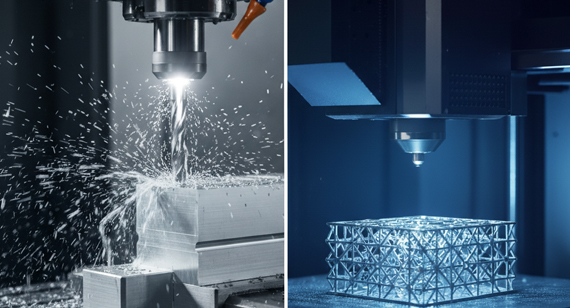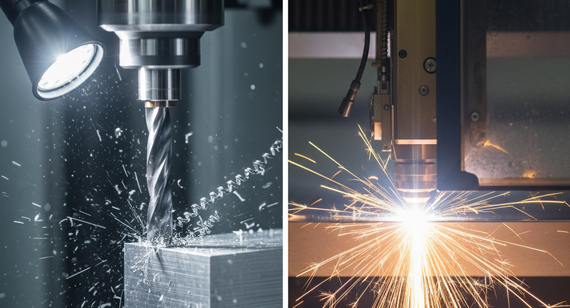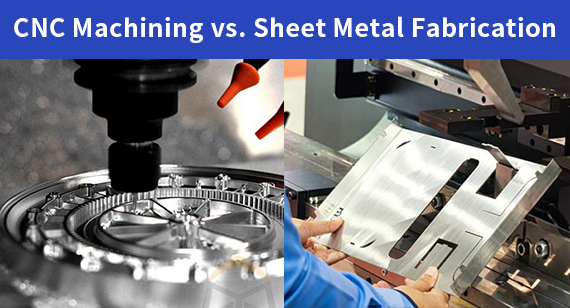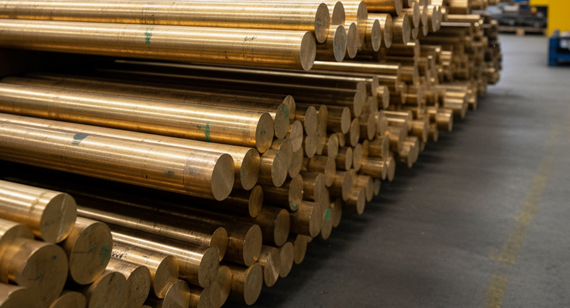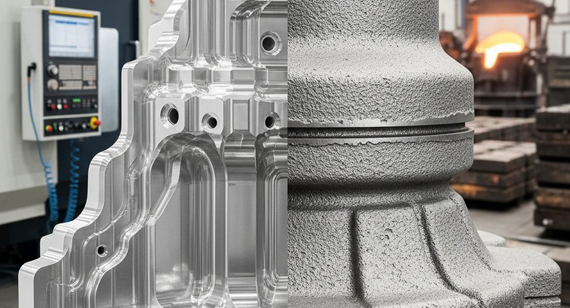15 years one-stop China custom CNC machining parts factory
The VMT blog is dedicated to sharing our hard-earned knowledge in prototype manufacturing. We hope these articles will help you optimize your product designs and gain deeper insight into the world of rapid prototyping. Enjoy the read!
Get an Instant Quote VMT
VMT  2025 11 20
2025 11 20 Forging shapes metal through pressure and heat, while fabrication combines cutting, welding, and assembling different metal pieces. Forging is best for high-strength parts, and fabrication is ideal for custom fabrication and complex structures. Choosing between them depends on strength requirements, shape complexity, budget, and production volume.
 66
66
 Read more
Read more
 VMT
VMT  2025 11 19
2025 11 19 If a common alloy material, aluminum alloy with silicon(Si)addition, happens to be used in your engineering project, you surely understand that the additon of silicon(Si) must be enhancing certain properties of the aluminum alloy. But maybe you will be wondering—what does the silicon(Si)belongs to ? Metal or nonmetal? This article will illustrate elements like silicon(Si)—the metalloids, and their properties and applications. After learning about how metalloids play an important role in industries, there might be some useful references provided for your material selection and application design.
 66
66
 Read more
Read more
 VMT
VMT  2025 11 18
2025 11 18 Plastic materials are widely used in manufacturing plastic parts in engineering. The selection of plastic materials depends on the required material properties , that is, the properties of the plastic itself. So, when you select the plastic materials for your projects , have you ever wondered the causes of the plastic’s properties in chemistry? This article will share you knowledge of copolymers and homopolymers. With examples of four common plastic materials, you will understand what properties plastics have when they are copolymers or homopolymers.
 66
66
 Read more
Read more
 VMT
VMT  2025 11 18
2025 11 18 CNC machining removes material to create strong, precise parts, while additive manufacturing (AM) builds parts layer by layer for complex shapes and rapid prototyping. You should choose CNC for tight tolerances, durability, and production volumes, and use AM for fast prototypes, lightweight structures, and designs that traditional subtractive machining cannot achieve.
 66
66
 Read more
Read more
 VMT
VMT  2025 11 15
2025 11 15 To choose between CNC milling and laser cutting, compare your material type, required precision, part geometry, and production speed. CNC milling is best for thick materials and complex 3D shapes, while laser cutting is ideal for fast, clean 2D cutting. Choose the process that aligns with your tolerance needs, budget, and design requirements.
 66
66
 Read more
Read more
 VMT
VMT  2025 11 13
2025 11 13 Choosing between CNC machining and sheet metal machining can be confusing—both offer precision, versatility, and wide material options. But using the wrong process could lead to higher costs, longer lead times, or poor part performance. Many designe
 66
66
 Read more
Read more
 VMT
VMT  2025 11 10
2025 11 10 Brass is an alloy primarily composed of copper and zinc, valued for its attractive golden appearance, excellent corrosion resistance, and outstanding machinability. The proportion of copper and zinc can be adjusted to produce different types of brass, each with specific mechanical and chemical properties suited for various applications.
 66
66
 Read more
Read more
 VMT
VMT  2025 11 07
2025 11 07 CNC machining vs. casting is pivotal. CNC offers precision for complex parts; casting suits high-volume, simpler designs. Both are key in precision manufacturing. Choosing between CNC machining and casting isn't just a technical decision—it's a strategic one that impacts your product's performance, budget, and market entry. Are you confident you're making the right choice? This definitive guide cuts through the noise to provide clarity. At VMT CNC machining parts services factory, we understand the critical trade-offs involved. Our unparalleled technical expertise in precision manufacturing empowers you to select the optimal method with confidence. We aim to ensure superior quality and cost-efficiency for your most critical projects.
 66
66
 Read more
Read more
Ready To Start Your Next Project?
Get Instant Quote

Request a Free Quote
Send us a message if you have any questions or request a quote. We will get back to you ASAP!
